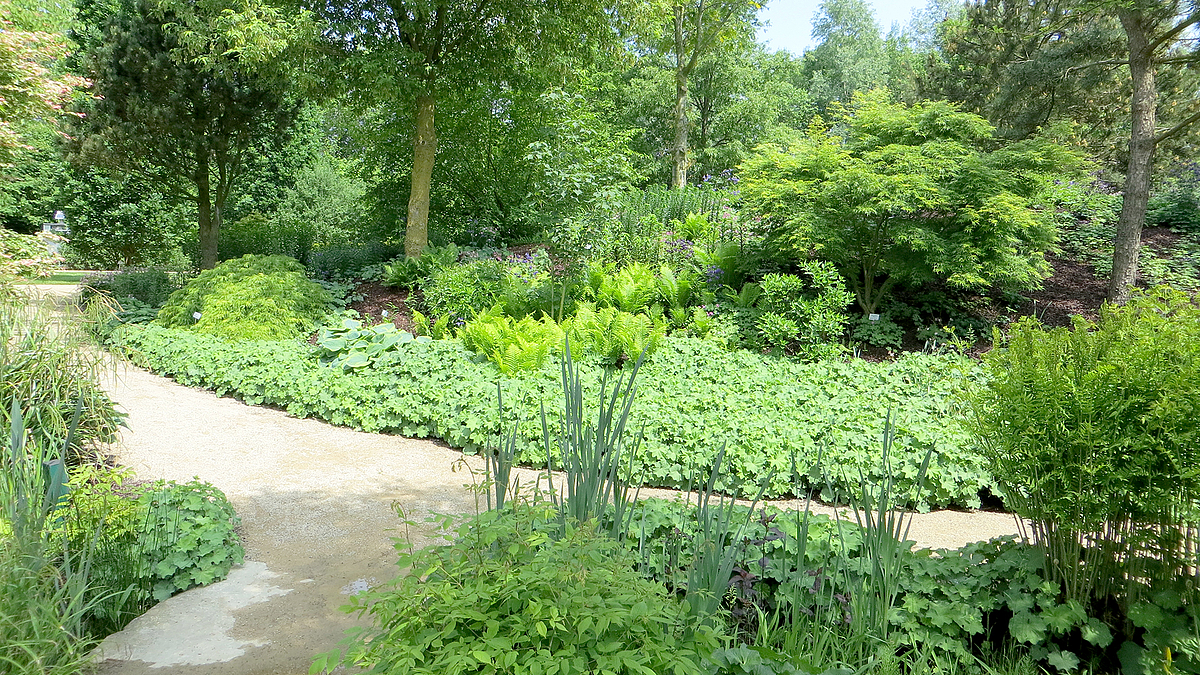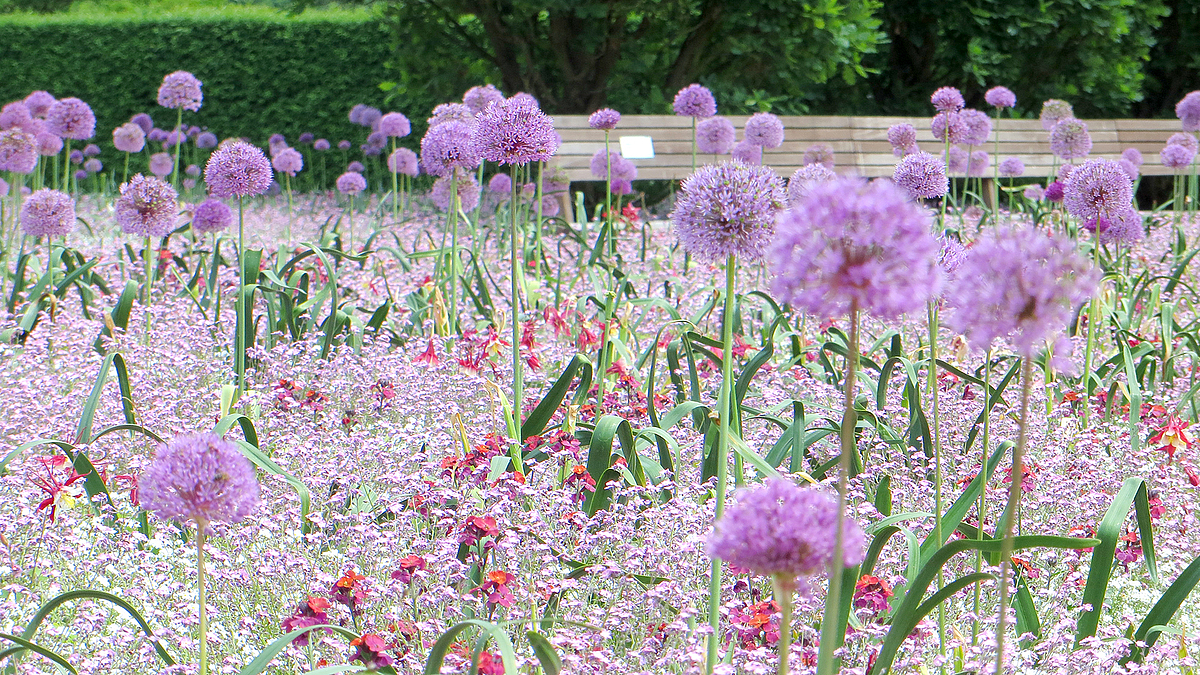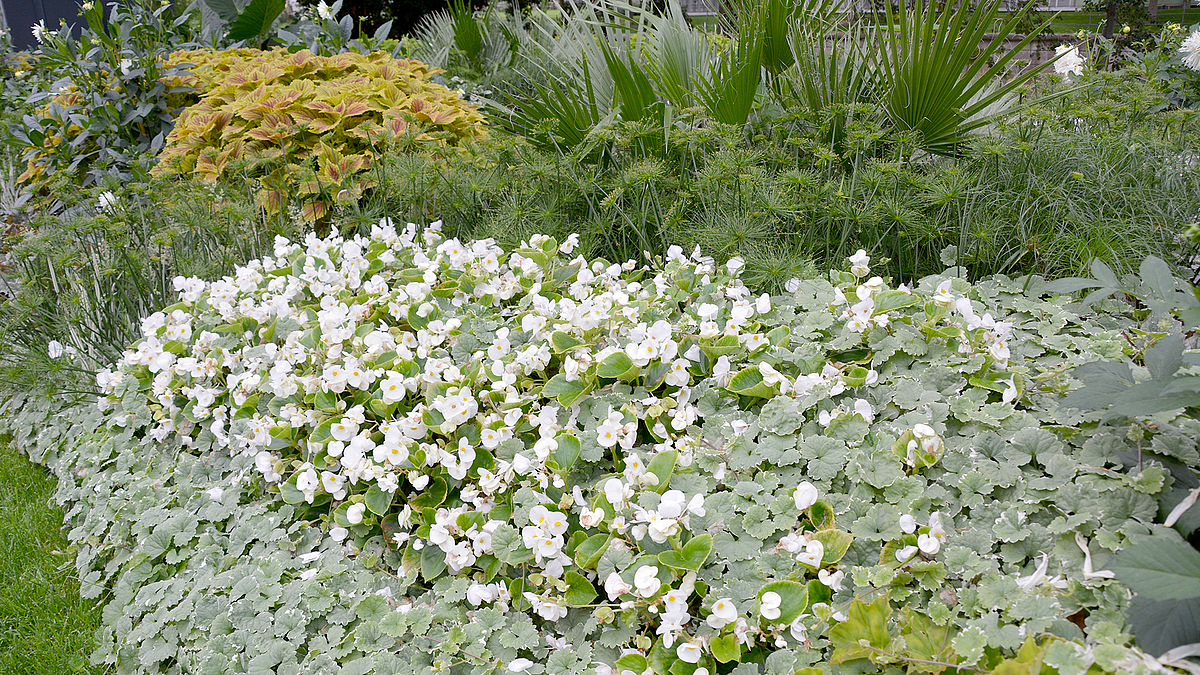Welcome to the T&R area of Planting Design!
The Planting Design teaching and research area is focussed on site-appropriate use of landscaping plants (woody plants, perennials and annuals) in various spatial and conceptual contexts. This includes the planning and execution of a planting design as well as the long-term maintenance of existing planted landscapes.
Plants are an important component of ecosystems, serving as a food source and habitat for a diversity of fauna. Furthermore, they can play an important role in regulating climatic conditions in cities. They shape the urban open spaces, rural areas and cultural landscapes that we humans visit to recharge, recreate or simply enjoy. Last but not least, plants are an aesthetic design tool.
In both open space planning and landscape planning, knowledge of plant species including their community, composition and use is an essential foundation for professional quality designs. This professional planning is based on three pillars:
- aesthetic design principles,
- knowledge of plant ecology and
- practical implementation,
with the goal of developing an attractive, long-lasting and successful planting scheme.
In light of climate change, the densification of cities and the "maintenance emergency" in many municipalities, planting design is currently facing major challenges. To ensure that our cities remain livable and attractive in the future, our primary concern is to protect existing planted areas and adapt sites and plans to our rapidly changing climate and local conditions.





